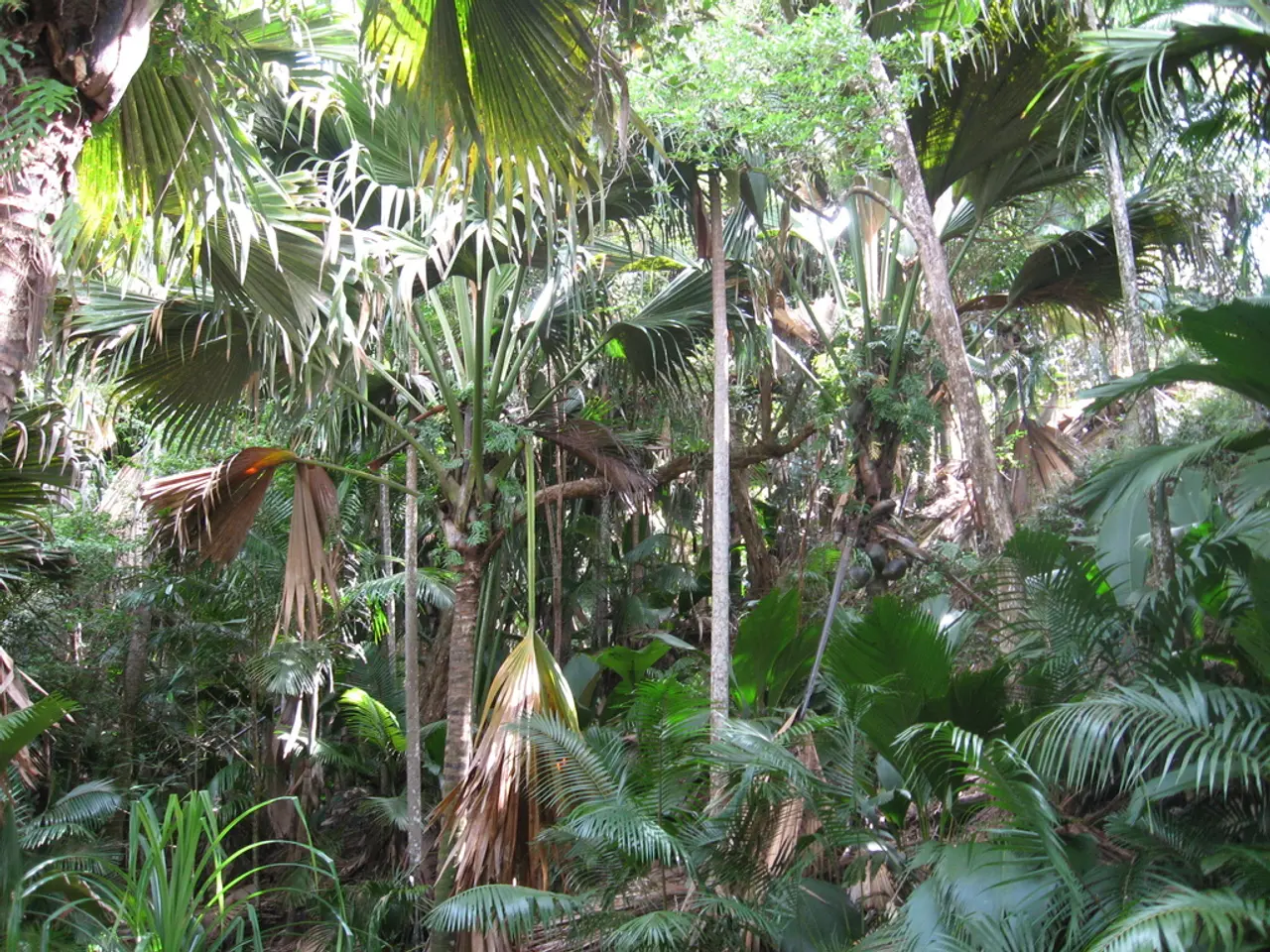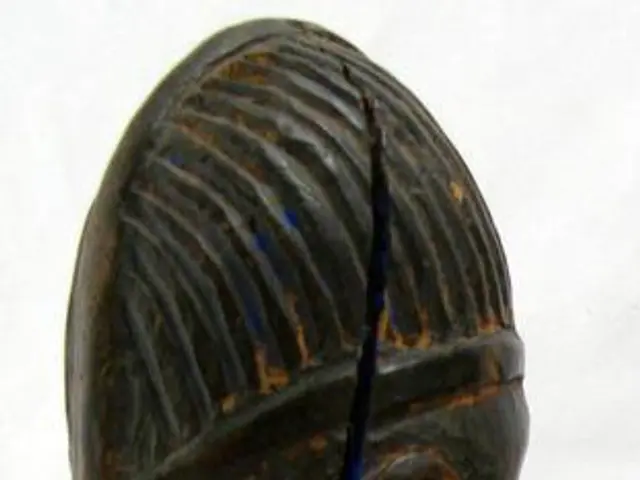The revered temple in Brazil stands as one of the rainforest's final beacons of preservation
In the heart of the Mata Atlantica, the forest with the greatest diversity of tree species worldwide, lies the Guarani Indigenous village of Tekoa Anhetengua. For thousands of years, the Guarani have maintained the forest's biodiversity, but many struggle to regenerate and preserve what remains of the biome.
Enter the House of Plants, a gardening center established by the Guarani community, as part of the Air, Water, and Earth Project. This initiative, aimed at strengthening Indigenous land protection and sustainable management in Brazil, is a testament to the community's resilience and their deep-rooted connection with nature.
The construction of the gardening center was an intercultural process that took into account the position of the sun, other houses, and the springs in the region. The Guarani people, who traditionally assign work based on an individual’s "gift," or special talent, had to adapt to gardening as a new role. Over time, some members embraced gardening as their gift, integrating it into their cultural framework while fostering reforestation of degraded forest lands within their territory.
Launched with funding in 2010, the center supports sustainable reforestation through seedling production and planting native species. Between 2011 and 2020, more than 20,000 native seedlings were cultivated in a nursery, and over 50,000 were planted. However, the project faces the challenge of finding new funds for the maintenance of the gardening centers, the purchase of seedlings for reforestation, and general execution costs.
The House of Plants represents a model of environmental restoration intertwined with Indigenous cultural revival. It respects ancestral relationships with the forest and promotes self-determination in ecological stewardship. This development approach contrasts with conventional protected area management, which often marginalizes Indigenous territorial rights and knowledge, emphasizing the importance of cultural considerations in conservation.
Despite the challenges, the House of Plants continues to thrive. It serves as a beacon of hope, not just for the Guarani community, but for the preservation of the Mata Atlantica and the countless species that call it home. The future of this unique ecosystem lies in the hands of those who have nurtured it for millennia, and the House of Plants stands as a testament to their enduring commitment.
[1] The Air, Water, and Earth Project (2021) [Online]. Available: http://www.projetoterraacquaaria.org.br [2] Berkes, F., Colding, J., & Folke, C. (2000) Rediscovering traditional ecological knowledge for adaptive management of social-ecological systems. Ecological Applications, 10(5), 1251-1262.
Read also:
- Budget cuts at federal and state levels jeopardize advancements in fighting HIV and AIDS within Dallas County
- Strategies for Maintaining and Boosting Physical Activity as You Grow Older
- Understanding Prediabetes: A Precursory Condition to Diabetes
- Strategies for Strengthening a Nigerian Infant's Immune System







